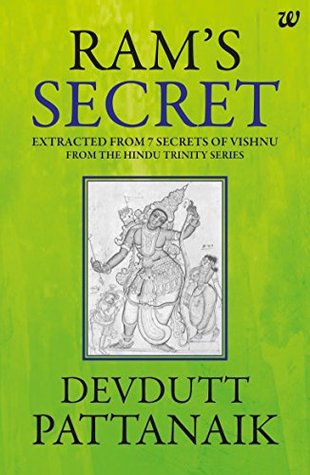More on this book
Community
Kindle Notes & Highlights
Words like justice, righteousness and goodness do not adequately explain the term dharma because notions of justice, of what is right and good, change over time and are different in different parts of the world. Dharma is the underlying principle that enables man to realise his divine potential through social behaviour.
Only humans have the ability to reject the law of the jungle, both positively and negatively. Positive rejection of the law of the jungle means that we empathise and include others in our quest for security and growth. This is dharma. Negative rejection of the law of the jungle means that we exploit others and include all in our quest for security and growth. This is adharma.
Adharma is about domination, territoriality, hoarding, attachment and power. Dharma is about outgrowing these cravings.
Growth of human civilisation involves the domestication of nature, the uprooting of forests and destruction of ecosystems. This material growth can destroy the world if unchecked.
intellectual growth and emotional growth, which are the two limbs of spiritual growth.
Dharma balances nature and culture, between the needs of animals and the needs of humans. The symbol of dharma is the bow, which the gods gave to Prithu. The bow indicates balance — the string cannot be left loose or too taut. Prithu is described as the firs...
This highlight has been truncated due to consecutive passage length restrictions.
Varna-dharma means every human being has to function as per his station in life, while ashrama-dharma means every human being has to function as per his stage in life. Thus, in dharma, humanity is governed by duty, not desire. Rules are not ends in themselves; they are warning signs so that greed does not rear its ugly head.
There are four stations in society: Brahmana, the station involved with spiritual activities; Kshatriya, the station involved in administrative activities; Vaishya, the station involved in wealth-generating activities; and Shudra, the station involved in service-providing activities.
Varna means disposition. Jati means profession. In an ideal world, varna corresponds to jati. ...
This highlight has been truncated due to consecutive passage length restrictions.
There are four stages, or Ashramas, of life: Brahmacharya, the student stage; Grahastha, the householder stage; the Vanaprastha, the retirement stage; and Sanyasa, the hermit stage.
The most popular list based on Jayadeva’s 12th-century song, Gita Govinda, has ten: Matsya, Kurma, Varaha, Narasimha, Vaman, Parashuram, Ram, Krishna, Buddha and Kalki. In the Bhagavata Purana, there are twenty-two avatars. The other twelve are: Chatursana, Narada, Nara-Narayana, Kapila, Dattatreya, Yagna, Rishabha, Prithu, Dhanvantari, Mohini, Vyasa and Balarama. Others included in the list of avatars are: Hamsa and Hayagriva.
Just as a human life has four phases: childhood, youth, maturity and old age, every organisation or system goes through four phases: Krita, Treta, Dvapara and Kali. It is said that the bull of dharma stands on four legs in the Krita yuga, on three legs in Treta yuga, two in Dvapara yuga and one in Kali yuga. After this, the bull of dharma and the society it upholds is washed away by the waters of Pralaya. This is death of the world, followed by rebirth. In the new life, the four yugas will follow each other once again. This is the kala-chakra, or the circle of time.
The final chapter of the Ramayana draws attention to the difference between dharma and niti and riti. Niti means law and riti means tradition. Laws and traditions are created in full earnestness to help the helpless. Sometimes they can end up being unfair and cruel. Sita’s abandonment is a case in point. When law and tradition fail to uphold the principle of dharma, they need to be abandoned or changed. This thought is elaborated in the story of Krishna.


